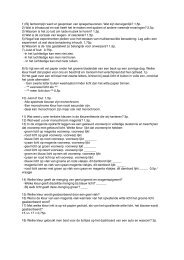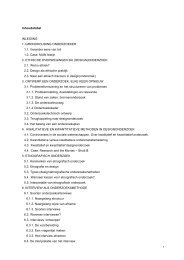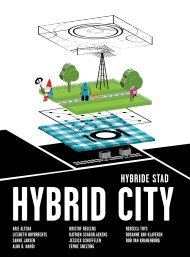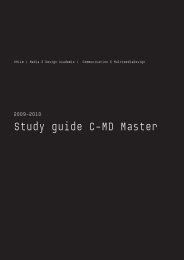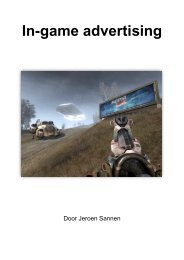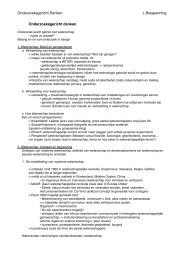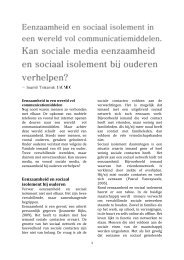Study guide C-MD Master - CMD-Stud - KHLim
Study guide C-MD Master - CMD-Stud - KHLim
Study guide C-MD Master - CMD-Stud - KHLim
Create successful ePaper yourself
Turn your PDF publications into a flip-book with our unique Google optimized e-Paper software.
Module description<br />
The Open Module C-md will provide, is named ‘Experiency’. In this<br />
course, given by Rosanne van Klaveren, we work with Experience<br />
Design as design method and research approach. This approach<br />
was eventually known within a commercial context where ‘experiences’<br />
were seen as ‘touches’ between people and brands. Lately,<br />
the ideas of Experience Design found their way in non-commercial<br />
and educational environments as well. Interactive design has a performative<br />
and representational power, just as digital arts. Brenda<br />
Laurel already indicated this in her book ‘Computers as Theatre<br />
(1991)’. She arguments that designers should keep in mind that<br />
their applications will not only be ‘used’, but also ‘performed’ and<br />
‘experienced’. Designing a (digital) artifact is the same as shaping<br />
an experience.<br />
Designing experiences is not as new as the terms Experience<br />
Design and ‘user experience’ presume. Developments in artistic<br />
practices in both historical and modern days expose the possibilities<br />
for designing these experiences. The art and media history<br />
knows many examples of illusionary practices, such as the panoramas,<br />
that make our need for virtual environments understandable.<br />
Oliver Grau writes in his book ‘Virtual Art, from illusion to immersion<br />
(2003) how the sensorial experiences during immersive practices is<br />
created by both physical and psychological perception. It takes not<br />
only knowledge of immersive and illusive possibilities to be able to<br />
design experiences, but understanding of perception as well.<br />
As a group we study several examples in art and media history. We<br />
will build an interactive installation in which the experience of different<br />
layers of reality will be our main goal. The borderline between<br />
these layers of reality has to be notable and encountered. Technical<br />
assistance is available.<br />
Evaluation<br />
Constant evaluation of participation. Oral explanation of the designed<br />
experience and installation. The installation will be exposed at<br />
the exposition Borderline In.<br />
There is only one examination period.<br />
Tolerance is however possible.<br />
<strong><strong>Stud</strong>y</strong> material<br />
- Reader<br />
- Grau, O. (2003). Virtual Art, from illusion to immersion. USA<br />
Cambridge: MIT Press<br />
- Laurel, B. (1993). Computers as Theatre. USA: Addison-Wesley<br />
Professional<br />
19



